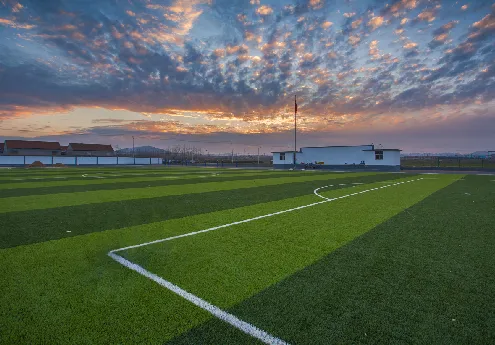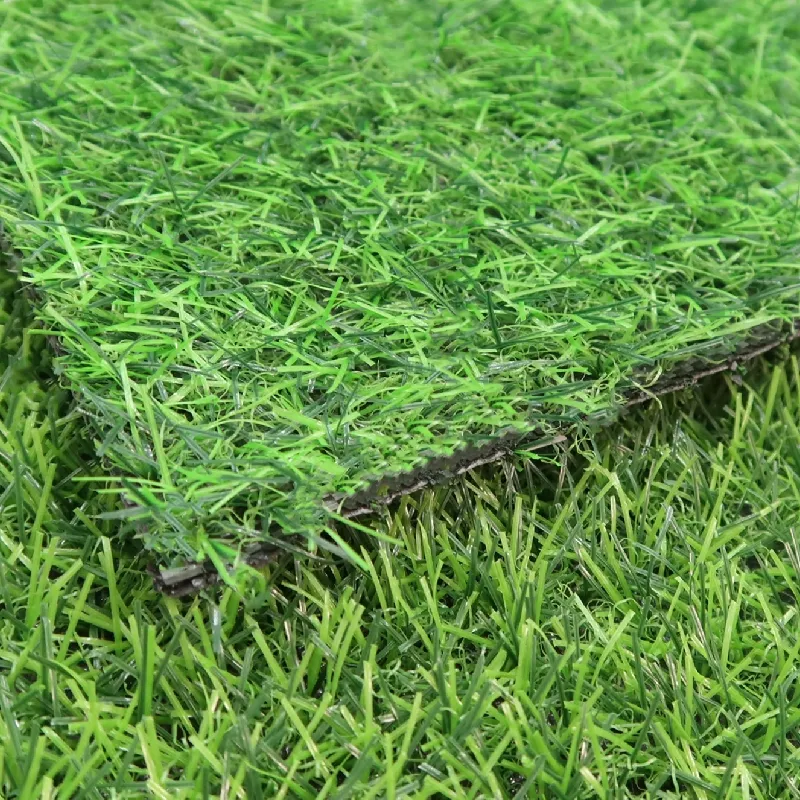Welcome to Hoyarn
Call Us Any Time:+86 19801805999
Email Us: info@hoyarn.cn

- Afrikaans
- Arabic
- Belarusian
- Bengali
- Czech
- Danish
- Dutch
- English
- Esperanto
- Estonian
- Finnish
- French
- German
- Greek
- Hindi
- Hungarian
- Icelandic
- Indonesian
- irish
- Italian
- Japanese
- kazakh
- Rwandese
- Korean
- Kyrgyz
- Lao
- Latin
- Latvian
- Malay
- Mongolian
- Myanmar
- Norwegian
- Persian
- Polish
- Portuguese
- Romanian
- Russian
- Serbian
- Spanish
- Swedish
- Tagalog
- Tajik
- Thai
- Turkish
- Turkmen
- Ukrainian
- Urdu
- Uighur
- Uzbek
- Vietnamese
Artificial Turf For Green Playgrounds, Boundless Energy
Jan . 15, 2025 04:32 Back to list
Artificial Turf For Green Playgrounds, Boundless Energy
Transforming a natural lawn to an artificial grass haven is a process many homeowners and gardeners consider due to the numerous benefits it offers. Unlike traditional maintenance-heavy lawns, artificial grass requires minimal attention, provides an all-year-round lush appearance, and is cost-effective in the long run. However, laying artificial grass directly over existing grass is not as simple as it may first appear and requires careful consideration and execution.
When laying the artificial grass, precision is key. Measure the area meticulously and cut the grass accordingly, ensuring that the pile direction aligns consistently throughout the area for a uniform look. It's advisable to let the grass sit in place for a few hours before final fitting, allowing it to acclimate and any creases to settle. Secure the turf using landscaping pins or a high-quality adhesive, especially at the seams, to avoid any movement or separation over time. The infill material is another pivotal part of this process. Silica sand is commonly recommended due to its weight, adding a necessary layer that holds the grass down and keeps the blades upright. The infill not only stabilizes the turf but also provides the cushioning effect underfoot, simulating the natural feel of a traditional lawn. Lastly, once the installation completion, a thorough brushing of the grass blades is essential. This grooming step helps in standing the blades upright and gives the artificial lawn its natural lush appearance. Routine maintenance, though minimal, involves regular brushing and occasional removal of debris to maintain its pristine condition. Embarking on the journey of laying artificial grass over grass demands diligence, attention to detail, and understanding of each step's significance. By adhering to these practices, homeowners can achieve a beautiful, durable, and practically maintenance-free synthetic lawn. This method not only ensures an enviable yard but also aligns with eco-conscious goals by reducing water usage and eliminating the need for harmful lawn chemicals.


When laying the artificial grass, precision is key. Measure the area meticulously and cut the grass accordingly, ensuring that the pile direction aligns consistently throughout the area for a uniform look. It's advisable to let the grass sit in place for a few hours before final fitting, allowing it to acclimate and any creases to settle. Secure the turf using landscaping pins or a high-quality adhesive, especially at the seams, to avoid any movement or separation over time. The infill material is another pivotal part of this process. Silica sand is commonly recommended due to its weight, adding a necessary layer that holds the grass down and keeps the blades upright. The infill not only stabilizes the turf but also provides the cushioning effect underfoot, simulating the natural feel of a traditional lawn. Lastly, once the installation completion, a thorough brushing of the grass blades is essential. This grooming step helps in standing the blades upright and gives the artificial lawn its natural lush appearance. Routine maintenance, though minimal, involves regular brushing and occasional removal of debris to maintain its pristine condition. Embarking on the journey of laying artificial grass over grass demands diligence, attention to detail, and understanding of each step's significance. By adhering to these practices, homeowners can achieve a beautiful, durable, and practically maintenance-free synthetic lawn. This method not only ensures an enviable yard but also aligns with eco-conscious goals by reducing water usage and eliminating the need for harmful lawn chemicals.
Latest news
-
The Benefits of Artificial Turf for Indoors
NewsJul.15,2025
-
How Artificial Grass Suppliers Ensure Quality Products
NewsJul.15,2025
-
Artificial Grass and Pets: A Space for Relaxation
NewsJul.08,2025
-
Balcony & Outdoor Decoration with Artificial Grass
NewsJul.08,2025
-
Best Indoor Artificial Grass for Home
NewsJul.07,2025
-
Best Pet Turf for Dogs: Safe & Durable Artificial Grass Options
NewsJul.07,2025
Products categories









